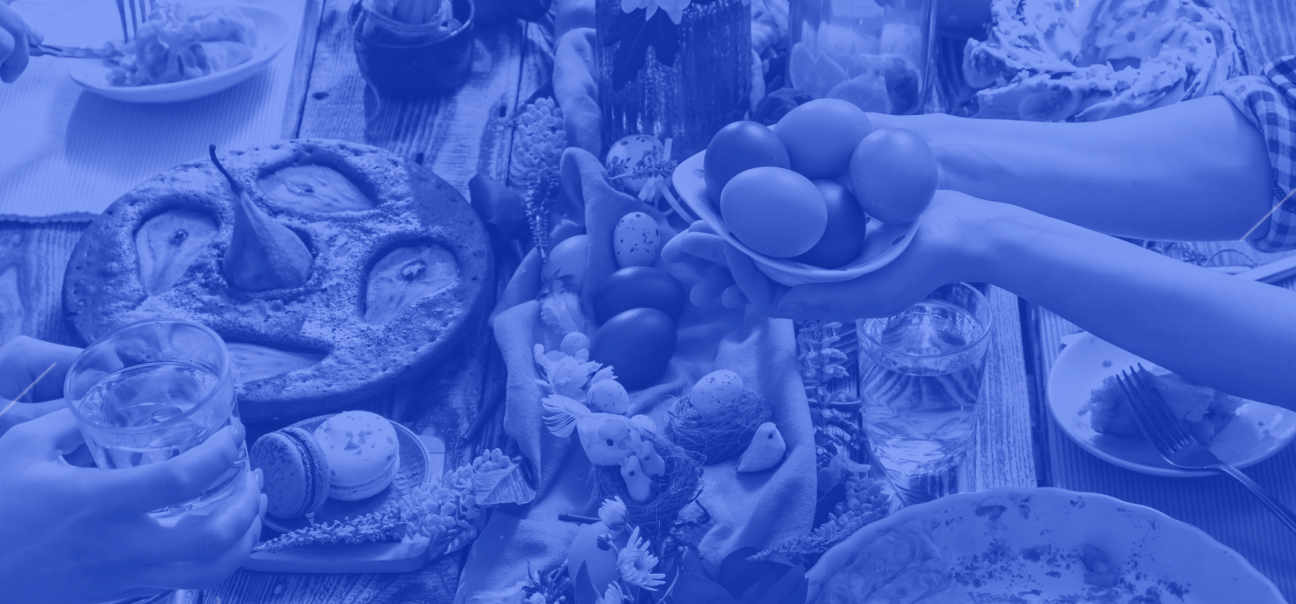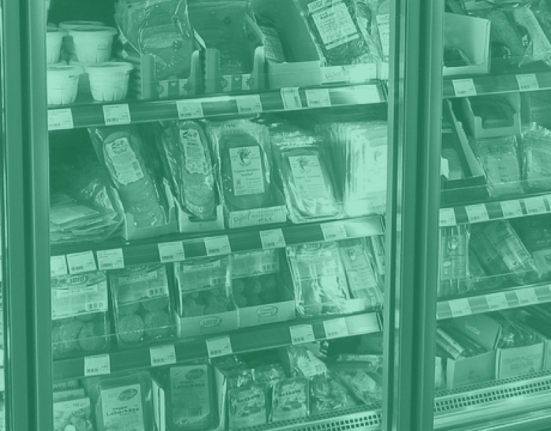Editor’s Note: This blog was originally published by Snooper App. Snooper App was acquired by Wiser Solutions in 2022 and this blog has been revised and repurposed for a global audience. A version of this blog is also published in National Liquor News.
Easter 2020 saw overall alcohol sales drop 13 percent, even though off-premise sales increased 22 percent. Shoppers were stockpiling in late March and continued to do so through an Easter where they were unable to travel, entertain, eat out, or even conduct Easter egg scavenger hunts.
Fast Forward to Easter 2021
According to Illuminera, just over two-thirds (67 percent) of consumers with school-aged children planned an Easter Egg hunt in 2021. This doesn’t take into account the adults participating in various corporate versions of these. The same study identified nearly 1 in 5 (19 percent) of consumers planned to entertain medium to large groups of people at home, representing an opportunity for both gifts for the host and hosts buying liquor for guests. A further group of consumers (23 percent) planned to go away with family and friends, a prime BYO and AWOP (case sales) liquor opportunity.
But what happened in-store in Easter 2021?
Not as much as may have otherwise been expected from an in-store activation standpoint, as it turns out and this feels like a missed opportunity. Wiser Solutions data for 2021 indicates that overall in-store displays decreased by 20 percent versus summer, and were down 30 percent versus Christmas. Moreover, the Easter-themed displays that did exist were minimal, primarily retailer driven, and likely to be cross-category. Our mystery shoppers found no single branded displays for Easter across 100 stores, despite 35 percent of our shoppers suggesting they would be likely to choose an Easter liquor gift from a bottle shop. This feels like something of an oversight for a sector that specializes in gifting activations for Christmas, Mother’s Day, and Father’s Day and where typical gifting activations include customizable bottles and packaging, themed gift boxes and wrapping, tasting sets, glassware, and advent calendars, and often promotions such as gift with purchase—for either the gift giver or the recipient. Brands have the opportunity to tap into Easter gifting occasions with similar promotional and in-store support.

“For next year, Easter represents an opportunity for brands to execute more comprehensively against a number of different types of occasions.” — Laurie Wespes, Vice President APAC at Wiser Solutions
Occasion Marketing And What Can Be Learned From Supermarkets
Even in the absence of an occasion other than Easter generally, some brands such as Coca-Cola create relevance through Easter theming. Even brands typically associated with Easter such as Lindt with its gold bunny take it a step further with carrot packaging in their displays, while Ferrero promotes its Easter Squirrels and Rocher Giant eggs. In short, there are a number of occasions that liquor brands can tap into over Easter to gain in-store real estate and further leverage sales. These include:
- Entertaining occasions, both as host (Easter cross-category party zones), and guest (gifts, including wine and cross-category packs with chocolate gift boxes). Example messaging: “Easter event? Give the perfect gift”; “Impress your guests.”
- BYO occasions, such as for outdoor Easter event get-togethers where beer, canned wine, and seltzers would work well, along with bundling with cheese and crackers or jerky. Another BYO occasion is for those going away, such as camping. These are an increased average weight of purchase (AWOP) opportunity, e.g. buying a case. Example messaging “Going away for Easter? Don’t forget a bottle/case of X.” In other markets, brands such as Heineken have turned beer cases into their own cooler packs. Again, can packaging formats would work well for transport.
- General Easter theming, which is surprisingly still under-exploited in liquor; “Grab some for the Easter weekend”; “Stock up for Easter entertaining.” Brands and retailers have the opportunity to include Easter in the annual calendar as a key selling period, particularly for gifting, entertaining, BYO, and traveling. For next year, Easter represents an opportunity for brands to execute more comprehensively against a number of different types of occasions.














